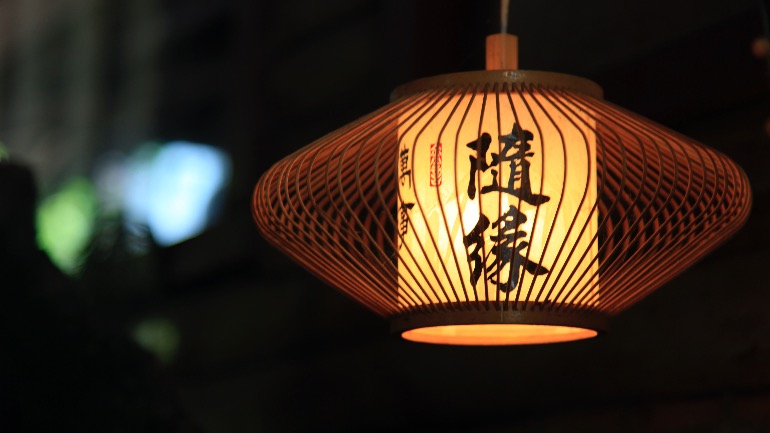On the other hand, virtue also has the possibility to turn into mutable karma. It is therefore important for us to save all virtuous karma as best we can. There are two ways to do that. One is dedication. The other, a better way, is to understand fully the meaning of emptiness, that is, knowing virtuous karma is, like dreams, intrinsically illusory. If we can contemplate in this way, even if anger arises, it cannot destroy the root of virtue. Because anger is defilement, a mental affliction rooted in attachment, it is incompatible with the view that all phenomena are illusory. But the virtuous actions we performed are directly associated with attaining realization of that view. Since something mired in attachment is inferior to the virtuous root planted with wisdom, anger cannot destroy this root of virtue. If we have neither attained any realization nor dedicated merit, but are constantly filled with anger, virtuous karma will be destroyed very easily. For ordinary people, the best way to save accumulated good karma is dedication of merit.











